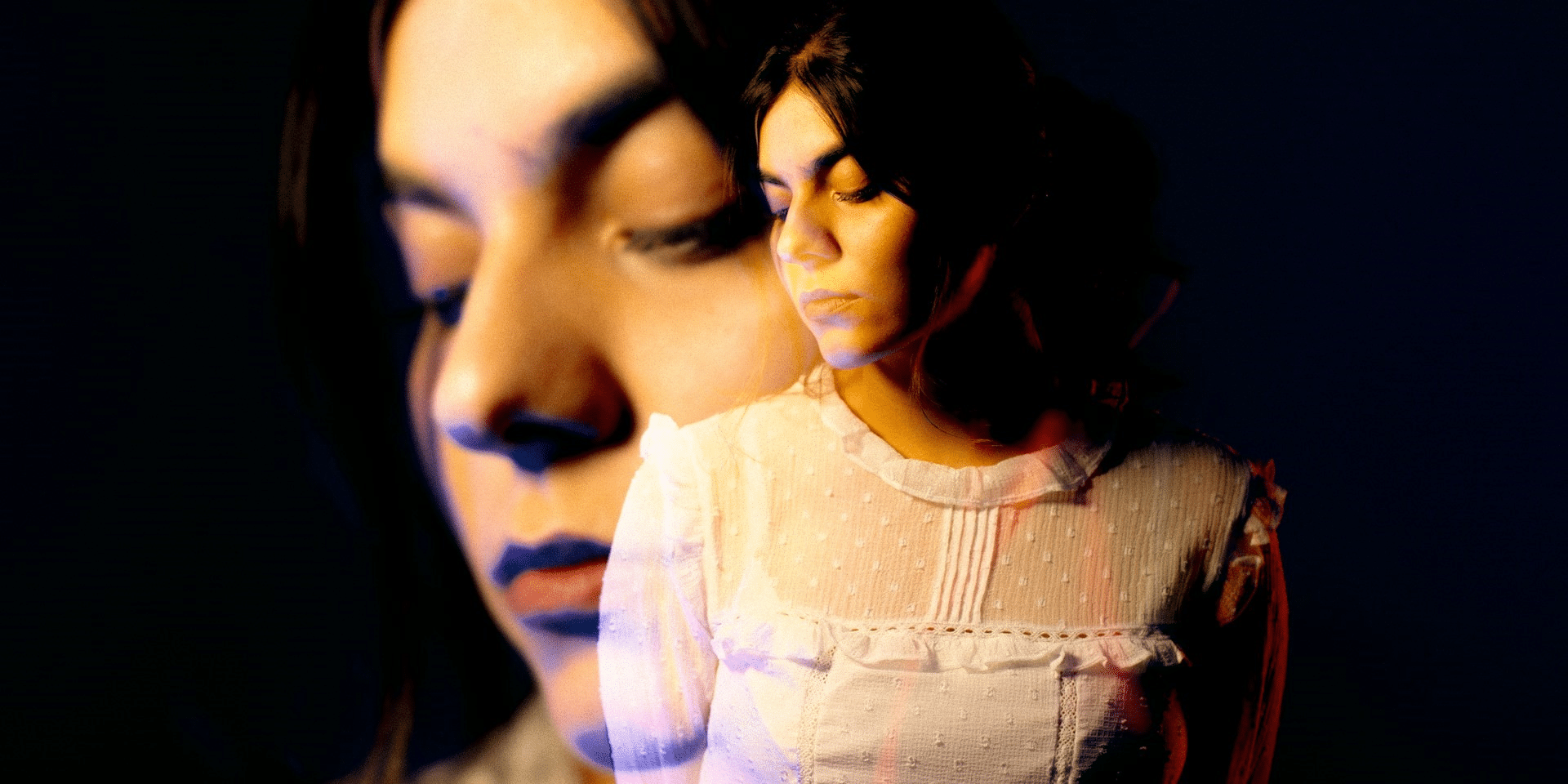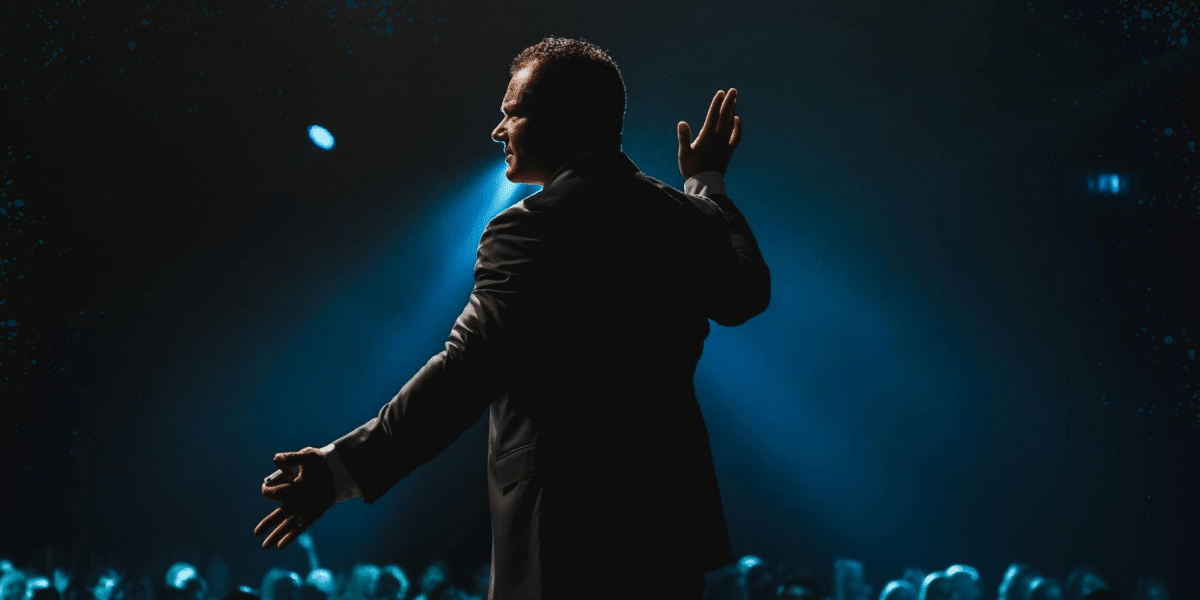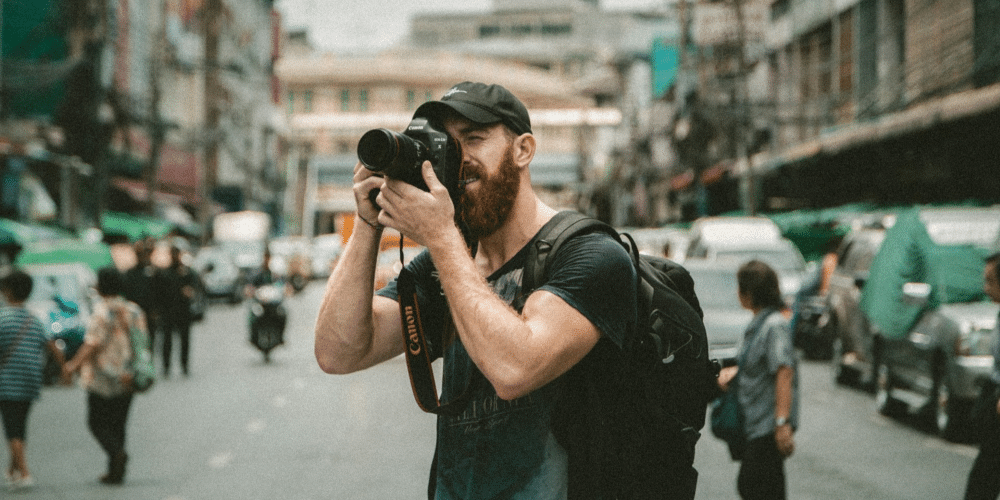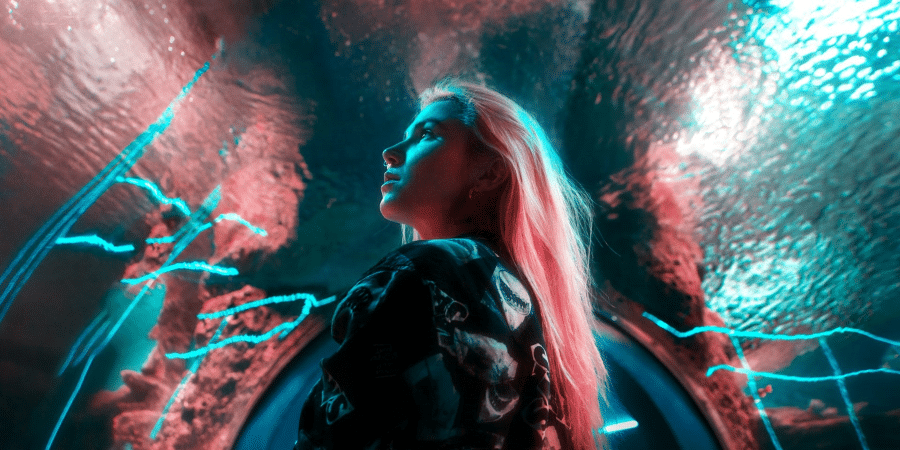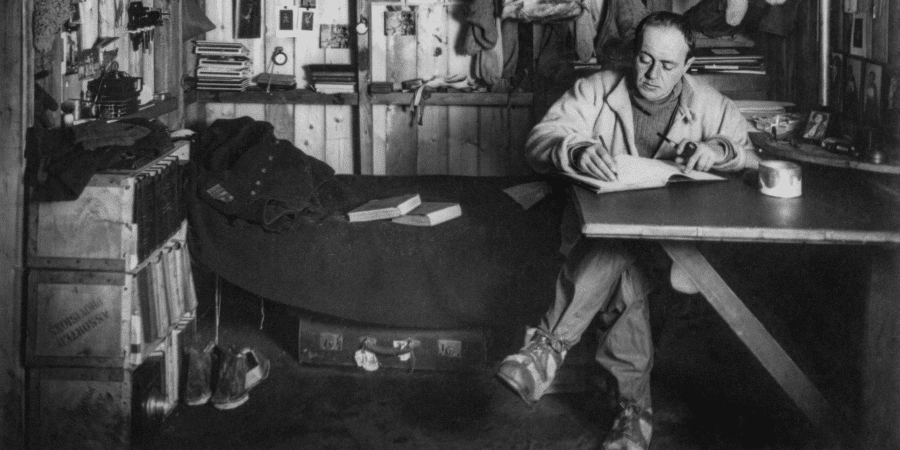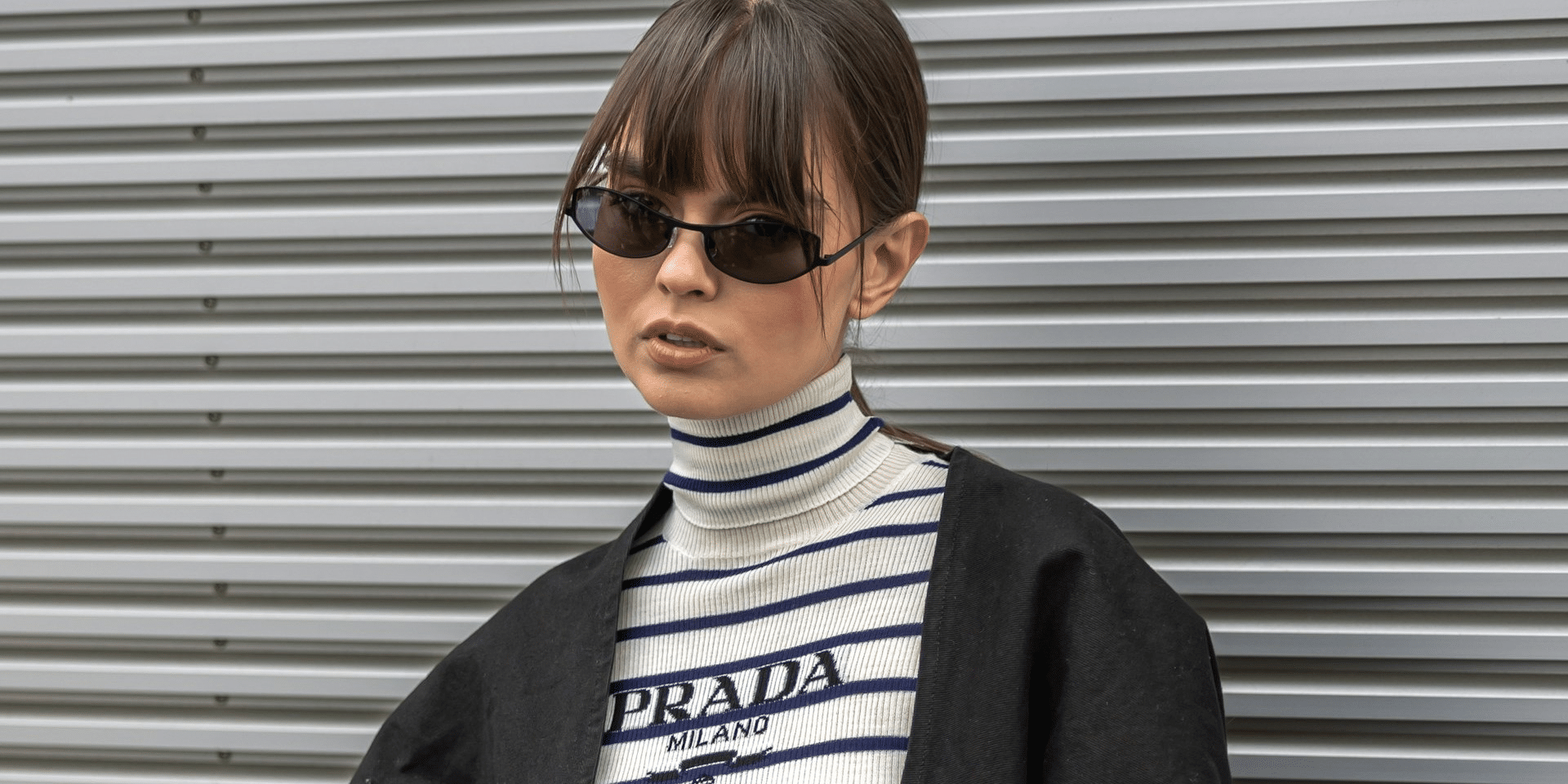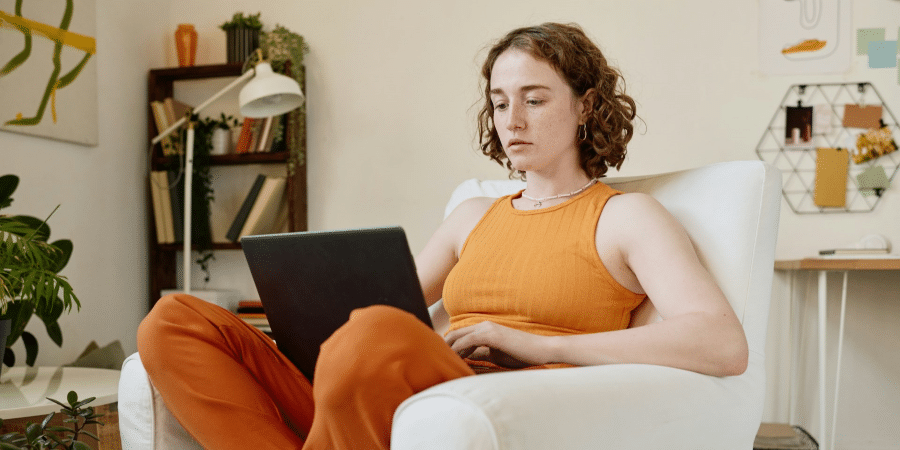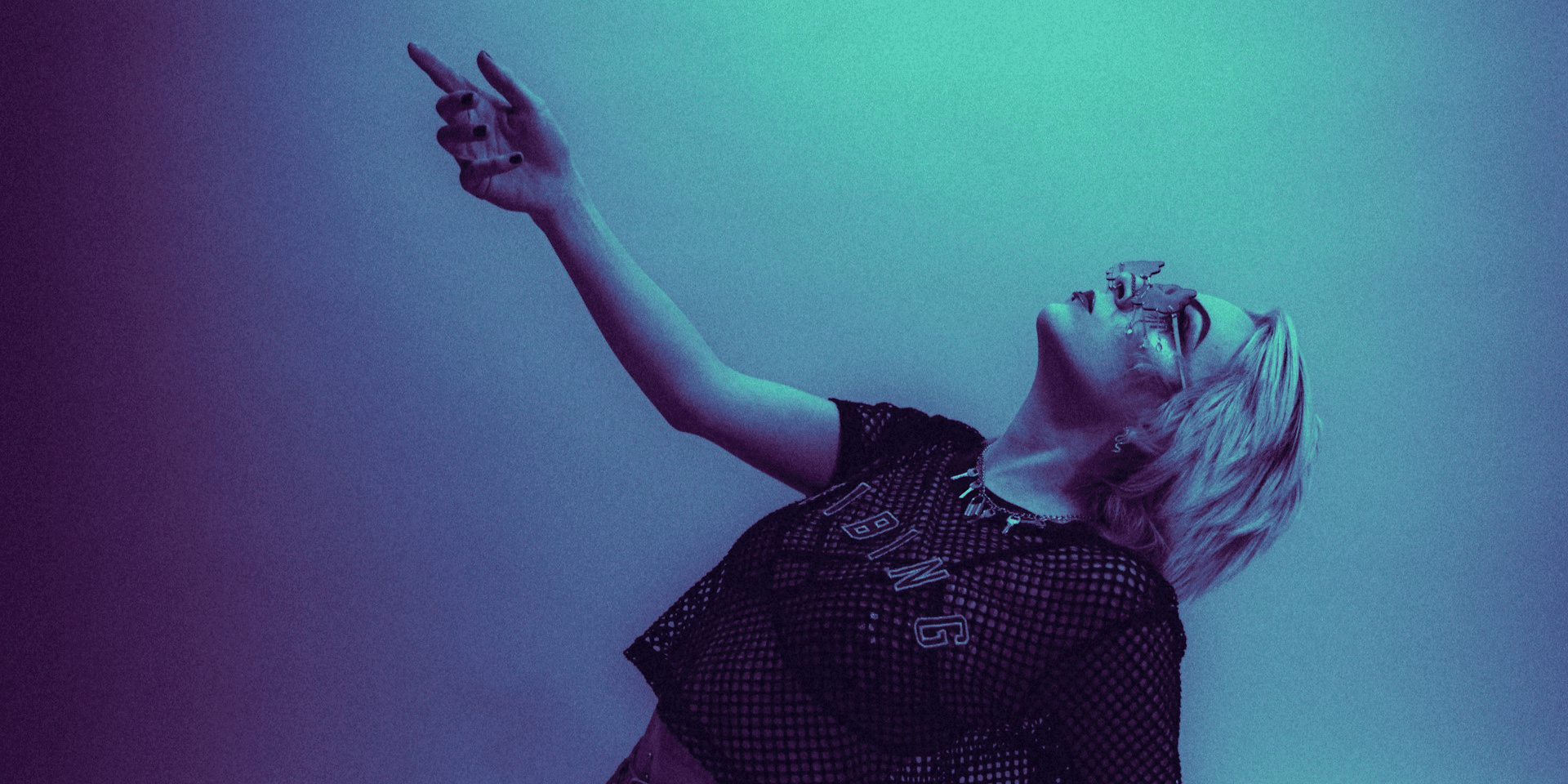Have you ever wondered how filmmakers create those stunning visuals that seem to leap off the screen and immerse you in the story? One of the key techniques used by filmmakers to achieve this effect is layering images. By combining multiple layers of images, filmmakers can add depth and dimension to their films, creating a rich and immersive viewing experience for audiences. In this article, we’ll explore how layering images adds depth to films and enhances storytelling.
What is Layering Images?
Before we dive into how layering images adds depth to films, let’s first understand what layering images means. In filmmaking, layering images involves combining multiple visual elements, such as foreground elements, background elements, and special effects, to create a composite image. These layers are stacked on top of each other and manipulated to achieve the desired visual effect.
Layering images allows filmmakers to create visually dynamic and compelling compositions that draw the viewer’s eye and convey meaning. By carefully arranging the elements within each layer, filmmakers can lead the audience’s gaze and highlight key elements of the scene, guiding the viewer’s understanding of the story.
Creating Visual Depth
One of the primary ways that layering images adds depth to films is by creating visual depth. By placing different elements of the scene on separate layers, filmmakers can simulate the way our eyes perceive depth in the real world. For example, foreground elements may appear closer to the viewer, while background elements recede into the distance. This creates a sense of depth and dimensionality in the frame, making the scene feel more three-dimensional and immersive.
Layering images also allows filmmakers to play with perspective and scale, creating illusions of distance and space that enhance the realism of the scene. By adjusting the size and placement of objects within each layer, filmmakers can create the illusion of vast landscapes, towering skyscrapers, or intimate interior spaces, adding depth and complexity to the visual storytelling.
Enhancing Composition
Layering images also allows filmmakers to enhance the composition of their shots. By carefully arranging the elements within each layer, filmmakers can create visually dynamic and compelling compositions that draw the viewer’s eye and convey meaning. For example, placing a character in the foreground of the frame with a visually interesting background behind them can create a sense of contrast and juxtaposition, adding visual interest to the shot.
By manipulating the placement, scale, and perspective of each layer, filmmakers can create compositions that lead the viewer’s eye through the frame, emphasizing key elements of the scene and reinforcing the narrative structure. This careful attention to composition helps to create visually engaging and memorable images that resonate with audiences long after the credits roll.
Adding Visual Effects
Another benefit of layering images in films is the ability to add visual effects. Filmmakers can use layers to seamlessly integrate CGI (computer-generated imagery), green screen footage, and practical effects into live-action scenes. By compositing these elements together, filmmakers can create stunning visual effects that enhance the storytelling and immerse audiences in fantastical worlds and environments.
From epic battles and breathtaking landscapes to futuristic cityscapes and otherworldly creatures, layering images allows filmmakers to bring their wildest imaginations to life on the screen. By blending live-action footage with digital effects, filmmakers can create seamless and convincing visual illusions that transport audiences to new and exciting realms of cinematic storytelling.
Creating Atmosphere and Mood
Layering images also plays a crucial role in creating atmosphere and mood in films. By manipulating the opacity, color, and texture of each layer, filmmakers can evoke different emotions and set the tone for a scene. For example, layering images with soft, diffused lighting and muted colors can create a dreamy, ethereal atmosphere, while layering images with harsh, contrasting lighting and bold colors can create a tense, dramatic mood.
By carefully controlling the visual elements within each layer, filmmakers can evoke specific emotions and reactions from the audience, enhancing the overall impact of the scene. Whether it’s creating a sense of awe and wonder or building suspense and tension, layering images allows filmmakers to craft immersive and emotionally resonant cinematic experiences that leave a lasting impression on audiences.

